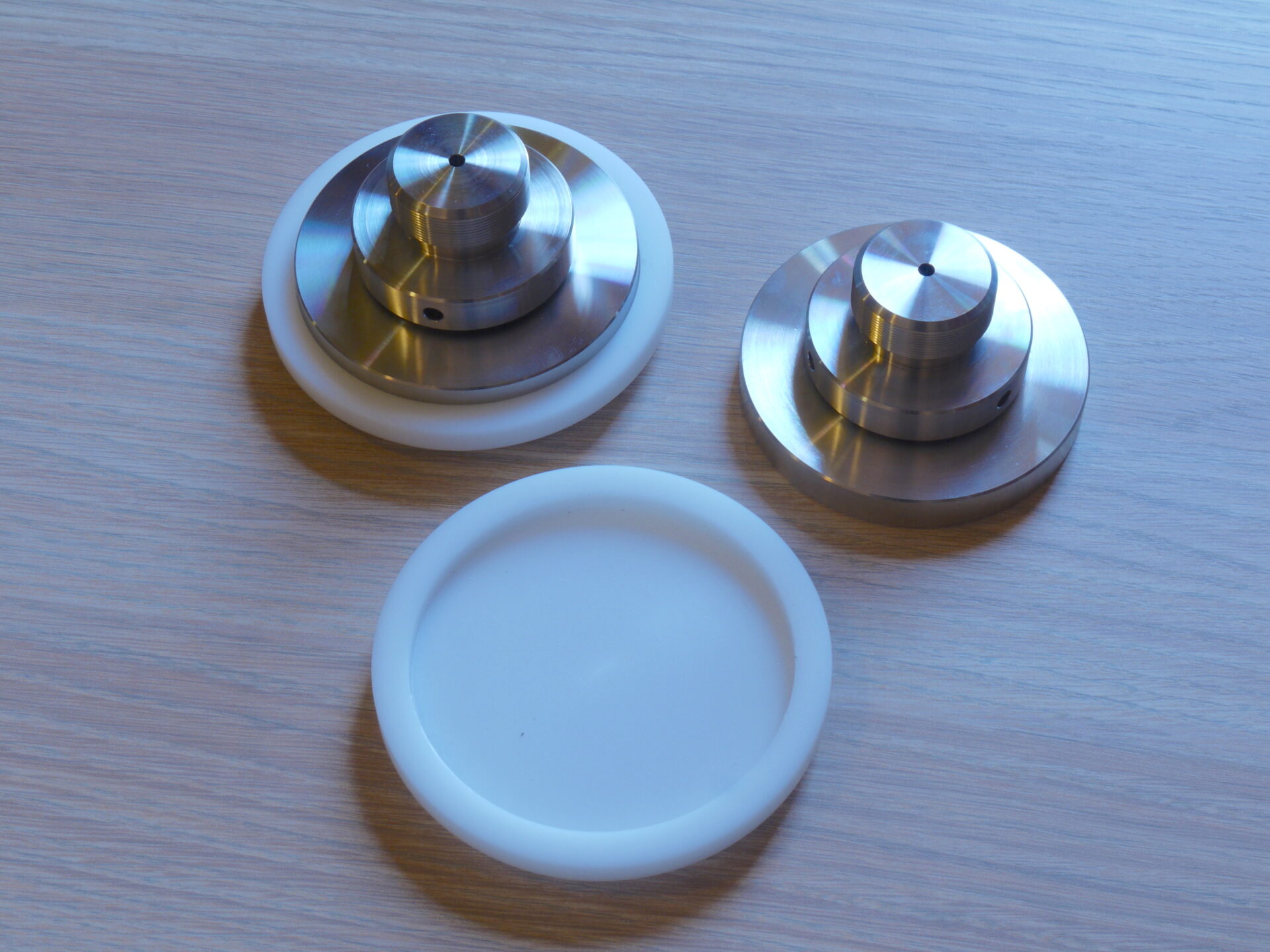
Normally, achieving an initial position on any speaker this heavy would be a real problem, involving not a little sweat and swearing. But these profiled sliders make it incredibly easy to move the speakers on both carpet and hard surfaces, even given the high mass and awkward proportions of the Marquis. That is down to the secure fit of the sliders. Once installed there’s no way the speaker will ride off of them, even if you move it a distance. I actually slid the speakers in and out of the listening room several times, using nothing more than the sliders and a firm push. Installing and removing them is as simple as tilting the speaker sideways slightly, while they are thin enough that they have a minimal impact on the height of the speaker off the floor – unlike most wheels. The ease with which the speakers can then be pushed or nudged into place doesn’t just make those essential small adjustments simple, but because you don’t have to grip the speakers, it also means that you can use the supplied white cotton gloves to protect the surface finish. Just don’t be tempted to leave hem in place. Not only will your exacting set up be destroyed by the merest ouch, but the bass quality, impressive as it might be with the sliders in place, improves dramatically once they are removed.
I found that the Divin Marquis really respond to a symmetrical set-up, even in my non-symmetrical rooms. Working off of a centre line, it is advisable to start with equal lateral spacing and identical distance from the top of the speaker to the listening position. With the speakers in their initial positions and the Delrin shoes removed, it’s time to set height and attitude. Bass balance may dictate some small lateral shifts but speaker height and rake angle should also both be identical. Both are critical. The height off the floor fine-tunes the bass weight, while the toe-in and rake-angle are going to significantly affect the vertical dispersion of the tweeter, especially as it is set quite high in the cabinet. I used the speaker in two different rooms. In one case a minimal (0.4 degree) forward tilt was necessary, but in the other, with a closer listening position and lower listening seat, I needed to dial in a significant 1.6 degrees of forward tilt. In both cases toe-in was directly at he ears of the listener.
This is one speaker that really demands precision set up. When I say that heights, angles and distances need to be identical, I really do mean identical. A laser level and rangefinder (the latter tripod mounted) really are essential to getting the best out of this product. Of course, those large-diameter, fine threads on the feet make such adjustments entirely possible, but that brings m to the one oversight in the accessory kit. Göbel supplies an allen driver to insert into the horizontal holes in the feet, allowing you to turn them both easily and precisely. It certainly works, but a properly dimensioned rod or pry-bar would be so much more elegant in engineering terms – and arguably even more accurate when it comes to small rotational adjustments.

